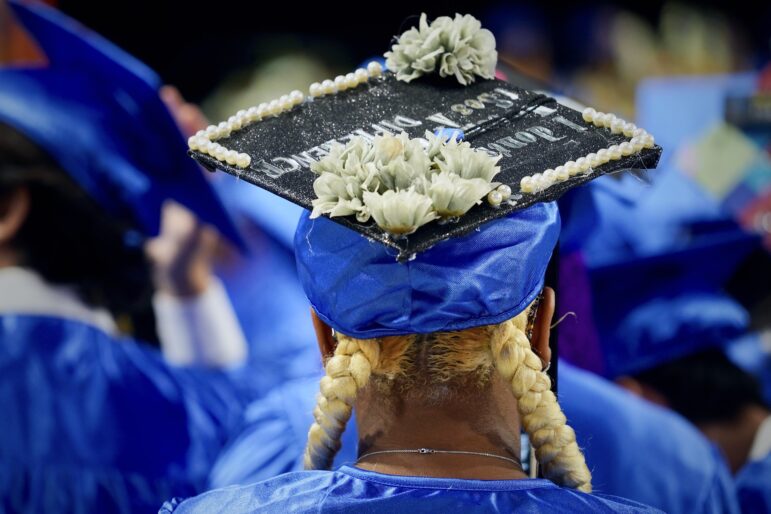It’s not every week that someone not having a baby rates a celebratory cigar. But last week, the federal Centers for Disease Control and Prevention happily reported that teenage girls who have babies are becoming a lot less likely to become teen mothers the second time around. Between 1991 and 1997, the second-birth rate for teen moms fell by 21 percent, according to CDC Director Jeffrey Koplan. Of 300,000 children born to teen mothers in 1997, only 90,000 of them were second children. Overall, the rate of births to teen mothers dropped by 15 percent over the same six-year period. The CDC also reported that the fastest declines in birth rate were among young black teens.
Two other recent birth studies are shedding light on the impact of the “birth caps,” a cost-cutting regulatory scheme employed by 20 states placing a ceiling on the amount of welfare paid to a mother-regardless of how many new children she has. A study of Illinois’ 1996 birth cap showed that the state denied benefits to 18,000 newborns. Still, the average birthrate among the state’s welfare population remained almost the same as it was before the law was passed: 1.1 percent.
The results of a widely-reported study in New Jersey yielded strikingly different results. According to Rutgers University researchers, welfare mothers gave birth to 14,000 fewer children in 1996 than they did in 1992. So far, the Garden State has denied public assistance to 28,000 under the birth cap statute.








